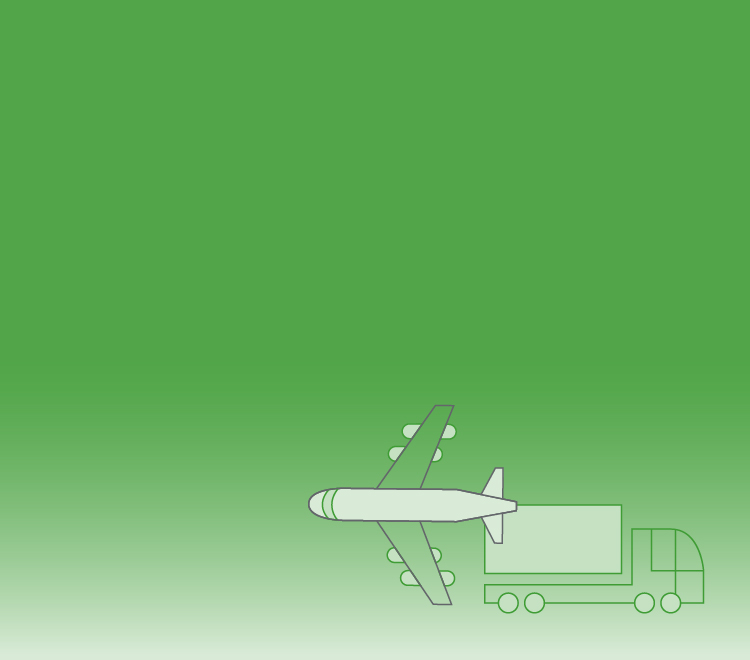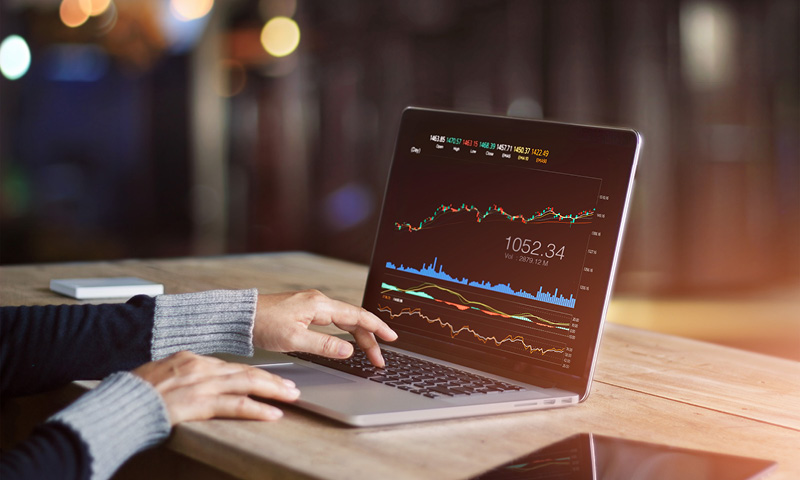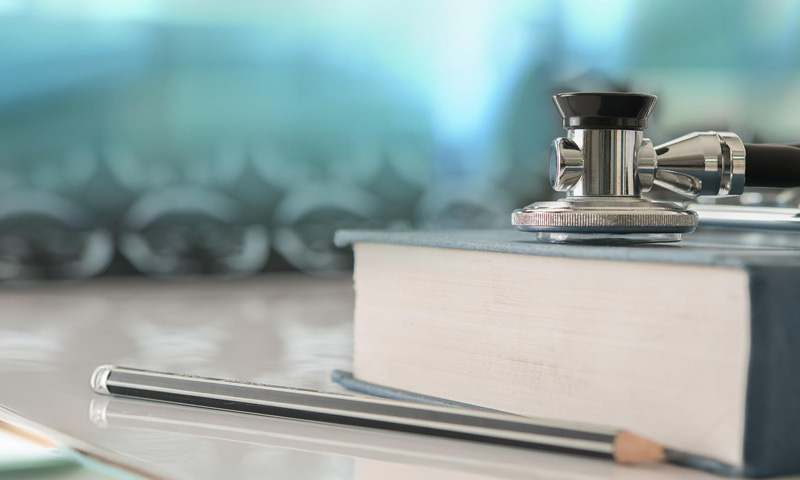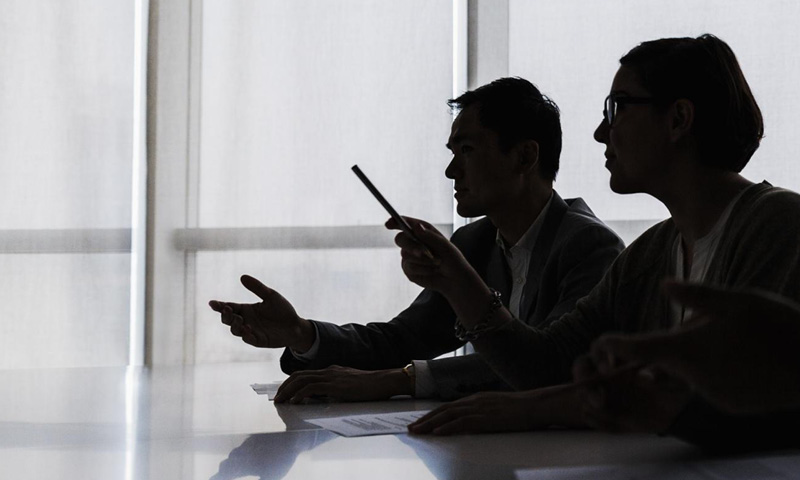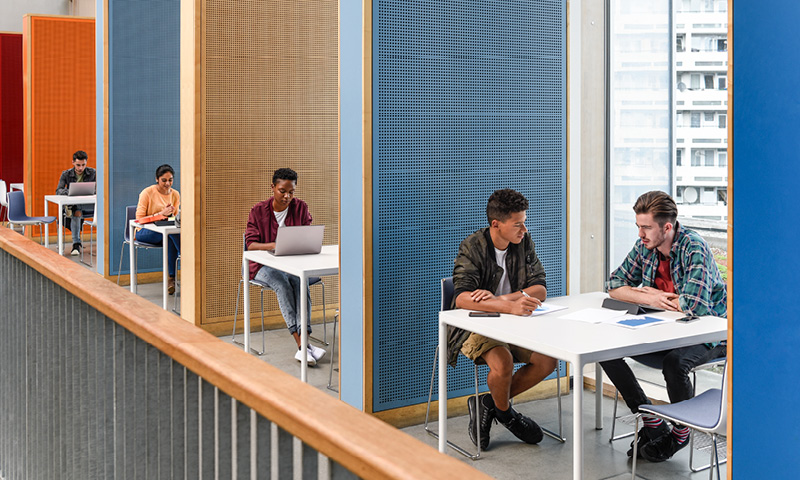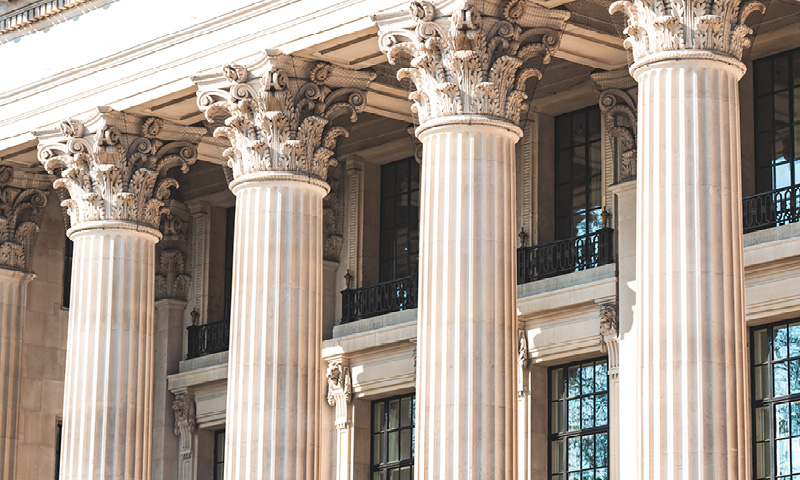29 June 2021
Since the beginning of Coronavirus restrictions last March, businesses that sell goods and services to the public have made more use of apps to take customer orders or bookings.
Nowhere has this happened more than in the catering sector. With restaurants unable to welcome diners onto their premises for months on end, many have diversified into takeaway outlets, using an app to get their food ordered remotely and delivered to the customer’s front door.
On 15 July 2020, the government introduced a temporary reduced VAT rate for some hospitality and leisure supplies - a 5 per cent rate will apply until 30 September 2021, then a 12.5 per cent rate until 31 March 2022. Although a welcome relief for these embattled businesses, the reduced rates have made their VAT profile more complex and have highlighted some shortcomings in the app technology.
While a VAT registered takeaway outlet is responsible for accounting for VAT on its sales made through ordering/delivery apps, the customer invoice is normally generated and issued by the app itself. For example, a restaurant that sells takeaway burgers and fries (temporarily subject to VAT at 5 per cent) milkshakes (zero-rated for takeaway) and fizzy drinks (which remain at 20 per cent) through an app will pay VAT to HMRC at those rates through its VAT return. However, the app through which they are ordered may not be sophisticated enough to cope with multiple rates, and often simply issues a receipt to the customer that shows VAT at 20 per cent on the whole price, including delivery.
While this error doesn’t immediately affect the money the restaurant receives through the app, or the price paid by the customer, the discrepancy between the VAT on the invoice and the VAT actually accounted for brings the risk of an extra VAT bill for the restaurant.
Although only a small minority of customers will be entitled to recover VAT on takeaway food, the receipt gives the customer evidence to support a claim to recover VAT paid at 20 per cent. HMRC therefore has the legal power to recover the difference between the VAT shown on the receipt and the VAT actually accounted for from the supplier as a ‘debt due to the crown’, thus wiping out the benefit of the reduced rates. This applies to all receipts, not just those on which a VAT claim is actually made.
While takeaway food sales are the most likely to be affected, the problem has also been seen in other sectors that use these ‘disruptor’ apps, which vary widely in their business model and accounting processes. Any business using an app to sell its goods or services should check that the app is showing the correct VAT figures on the customer receipt.

